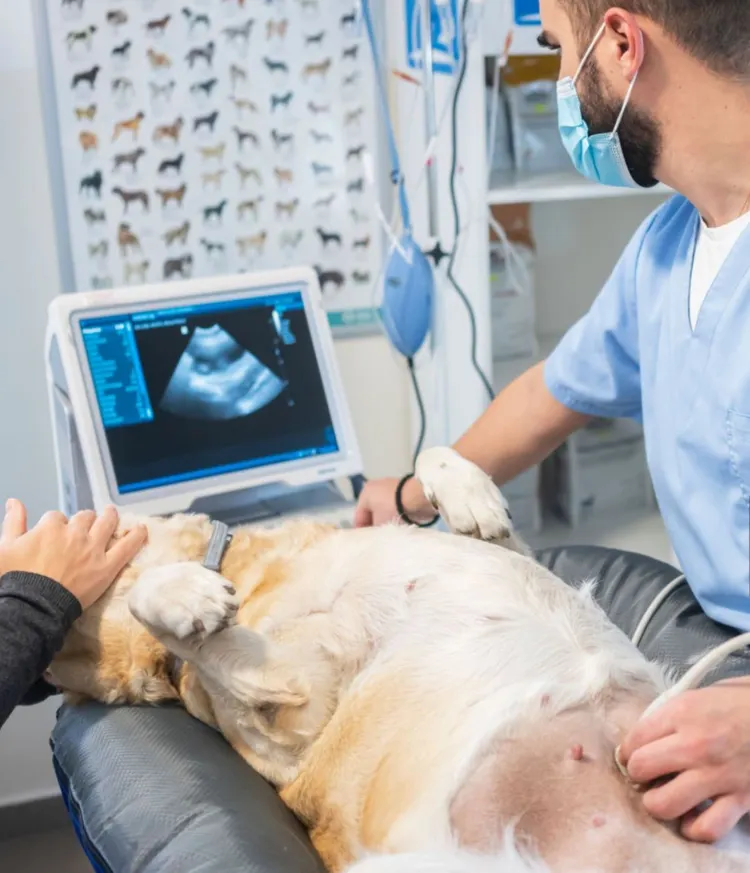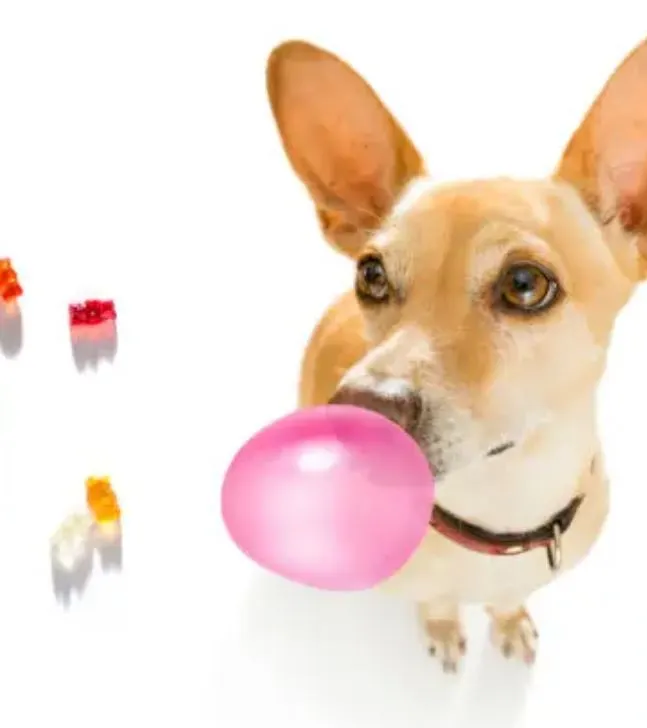It happens in the blink of an eye—your curious pup snatches a piece of gum off the table. While it might seem harmless, chewing gum can be dangerous or even deadly for dogs, especially if it contains xylitol, a common artificial sweetener. Xylitol toxicity is a life-threatening condition in dogs, and prompt action is critical. Let’s walk through what you need to know if your dog ate gum and how to act quickly.
Why Is Gum Dangerous for Dogs?
Xylitol Toxicity: The Real Danger
The primary danger when a dog eats gum is xylitol poisoning. Xylitol is a sugar substitute commonly found in sugar-free gum, candies, and even some baked goods and peanut butters. Although safe for humans, xylitol is extremely toxic to dogs, even in small amounts. When ingested, xylitol can trigger a rapid release of insulin, causing hypoglycemia (low blood sugar), which can be fatal if not treated immediately.
Here’s why xylitol is so harmful to dogs:
- Insulin Surge: Unlike humans, when dogs consume xylitol, their pancreas responds by releasing a massive amount of insulin. This sudden spike in insulin drives blood sugar levels down to dangerous levels, causing hypoglycemia within minutes to hours after ingestion.
- Liver Damage: Xylitol can also cause acute liver failure in dogs, even if they survive the initial hypoglycemic episode.
Small Amounts = Big Danger
One of the scariest things about xylitol is that it doesn’t take much to cause harm. Even a small amount of gum containing xylitol can be deadly, especially for smaller dogs. For example:
- A 10-pound dog can become critically ill from ingesting just one piece of sugar-free gum with xylitol.
- Larger amounts of xylitol or prolonged exposure can lead to more severe consequences, such as liver failure, within 24 to 72 hours.
Other Risks of Gum Ingestion
While xylitol toxicity is the primary concern, gum itself can also pose other risks, such as:
- Choking Hazard or Intestinal Blockage: Dogs may swallow gum whole, and larger amounts or gum wrappers can get lodged in their digestive system, leading to choking or an intestinal blockage.
- Gastrointestinal Distress: Even gum without xylitol can cause vomiting, diarrhea, and discomfort if ingested in significant quantities.
Symptoms to Watch For
If your dog has ingested gum—especially if it contains xylitol—watch for signs of toxicity. Symptoms can occur anywhere between 30 minutes to 12 hours after ingestion, and they can escalate quickly.
Early Signs of Xylitol Poisoning:
- Vomiting: Often one of the first signs.
- Weakness or Lethargy: Your dog may seem unusually tired or disoriented.
- Tremors or Seizures: Due to the severe drop in blood sugar.
- Loss of Coordination (Ataxia): Difficulty walking or standing.
- Pale Gums: A sign of poor circulation due to low blood sugar.
Severe Symptoms (Within 24-72 Hours):
- Liver Failure: This is often indicated by jaundice (yellowing of the skin and eyes), lethargy, and a drop in appetite.
- Coma or Death: If left untreated, xylitol poisoning can quickly escalate to life-threatening stages.
What To Do If Your Dog Ate Gum
Act fast—the sooner you respond, the better the chances of preventing serious harm. Here’s what you need to do:

1. Check the Ingredients
The first step is to check whether the gum contains xylitol. If you can, retrieve the packaging and scan the ingredients list. If xylitol is present, consider it an emergency.
If the gum contains sugar instead of xylitol, the situation is less urgent, though you should still monitor your dog for signs of an intestinal blockage or other issues.
2. Do Not Induce Vomiting Without Veterinary Advice
While inducing vomiting is often a response for certain types of poisoning, do not induce vomiting if your dog has ingested xylitol without consulting your vet first. Xylitol is absorbed quickly, and inducing vomiting might not be helpful.
3. Contact Your Veterinarian Immediately
If xylitol is involved, or if you’re unsure, contact your vet or an emergency animal hospital right away. They may ask you how much gum was eaten, how long ago it was ingested, and the size of your dog to assess the severity of the situation.
If your dog requires immediate medical intervention, the vet might administer:
- Intravenous (IV) fluids to stabilize blood sugar levels.
- Liver protectants to prevent liver damage.
- Blood work and monitoring to check for hypoglycemia and liver function.
4. Administer Activated Charcoal (If Advised by a Vet)
If the gum does not contain xylitol but your dog has swallowed a large quantity, your vet may suggest giving activated charcoal. This can help prevent further absorption of toxins, but only do this if specifically directed by your veterinarian.
Preventive Tips to Keep Your Dog Safe
As the saying goes, prevention is better than cure. Pet-proofing your home and being cautious about gum storage can save you and your dog from a potential crisis.

1. Eco-Friendly Storage Solutions
To keep gum and other potentially dangerous items out of your dog’s reach, consider these eco-conscious storage options:
- Sealed Containers: Store gum in glass jars or stainless steel containers with secure lids. These materials are not only sustainable but also keep curious pups from accessing dangerous foods.
- Child-Proof Cabinets: Install child-proof latches on kitchen and pantry cabinets. This is an easy way to ensure that your dog can’t sneak into storage spaces while you’re not looking.
2. Pet-Proof Your Home
Here are some simple steps to dog-proof your living space:
- Keep Dangerous Foods High and Away: Store gum, chocolate, and other harmful substances on high shelves or in locked cupboards.
- Create a Safe Zone: Establish a designated area for your dog where they can’t access any dangerous foods, trash cans, or countertops.
- Train Positive Behaviors: Use positive reinforcement to train your dog to stay away from kitchen counters, bags, and trash cans. Reward them for staying away from food preparation areas.
3. Natural Chewing Alternatives
If you’re chewing gum, opt for natural, xylitol-free chewing alternatives. Not only are they safer for your dog if they manage to snatch one, but they’re also better for the environment. Look for biodegradable gums made from natural chicle (a latex sap from trees) or organic chewing gum brands that don’t use artificial sweeteners.
Accidents happen, and dogs are notorious for snatching food off tables or rummaging through the trash. If your dog eats gum, especially if it contains xylitol, it’s a race against time. Acting quickly by contacting your vet and following the right steps can save your dog’s life. Beyond emergencies, incorporating eco-friendly storage and preventive measures into your home ensures your pup stays safe in the long run.
By staying informed and vigilant, you can avoid the dangers of xylitol poisoning while maintaining an eco-conscious lifestyle. Your dog’s health and the planet will thank you!



